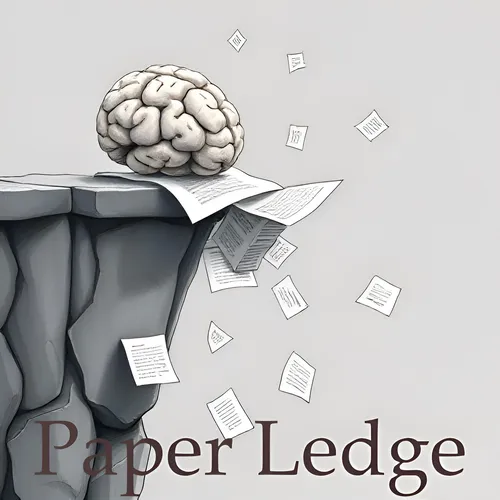Computer Vision - Aligning Effective Tokens with Video Anomaly in Large Language Models
- Author
- ernestasposkus
- Published
- Mon 11 Aug 2025
- Episode Link
- https://www.paperledge.com/e/computer-vision-aligning-effective-tokens-with-video-anomaly-in-large-language-models/
Hey PaperLedge crew, Ernis here, ready to dive into some fascinating research! Today, we’re tackling something super relevant to our everyday lives: spotting the unusual in videos. Think about it – surveillance cameras, self-driving cars, even just scrolling through social media – we’re constantly bombarded with video, and sometimes, something just doesn't look right.
The paper we're looking at is all about helping computers get better at recognizing these "abnormal events" – things that stick out as weird or unexpected. Now, you might think this is easy, but it's actually a really tough problem. Imagine trying to find a single, quick flash of something odd in hours of footage. It's like finding a needle in a haystack!
Researchers have been using what they call "Multi-modal Large Language Models," or MLLMs, to analyze videos. These are basically super-smart AI systems that can understand both images (the "visual" part) and text (the "language" part). But, and this is a big but, they often stumble when it comes to those rare, fleeting abnormal events. Why? Because there's just so much normal stuff going on that it drowns out the important bits. All that extra information just gets in the way.
This is where VA-GPT comes in – a new and improved MLLM designed specifically to sniff out those anomalies. Think of it like this: imagine you're trying to listen to a friend at a crowded party. You need to filter out all the background noise to focus on their voice. VA-GPT does something similar with video.
The secret sauce lies in two clever modules:
Spatial Effective Token Selection (SETS): This is like having super-powered vision that highlights the most important parts of each frame. Instead of looking at every single pixel, SETS focuses on the areas where something interesting might be happening. Imagine a security camera watching a park. SETS might zoom in on a person acting suspiciously near a playground, while ignoring the trees swaying in the wind.
Temporal Effective Token Generation (TETG): This focuses on time. It figures out which moments are crucial. Think of it like a movie editor who knows exactly which scenes to keep and which to cut to tell the story. TETG hones in on the specific timeframes where the abnormal event is unfolding. So, if someone suddenly starts running, TETG flags that moment as important.
These two modules work together to give VA-GPT a much clearer picture of what's happening in the video, allowing it to accurately summarize and pinpoint the abnormal event.
"These modules enable our model to effectively capture and analyze both spatial and temporal information associated with abnormal events, resulting in more accurate responses and interactions."
But the researchers didn't stop there. They also created a special training dataset specifically for video anomalies. It's like giving VA-GPT a crash course in "weird stuff to look out for." They even developed a new evaluation benchmark based on the XD-Violence dataset to test how well VA-GPT performs in real-world scenarios. The results? VA-GPT blew existing methods out of the water!
So, why does this matter? Well, the applications are huge! Think about:
Improved security surveillance: Identifying potential threats faster and more accurately.
Safer self-driving cars: Detecting unexpected pedestrian behavior or road hazards.
Better medical diagnosis: Spotting subtle signs of disease in medical videos.
Basically, anything that involves analyzing video can benefit from this research. But as we build these systems, we have to be mindful of the potential for biases in data and the ethical implications of automated surveillance.
Now, a couple of questions that popped into my head while reading this paper:
Could this technology be used to create even more realistic deepfakes, making it harder to distinguish between real and fake videos? How do we guard against that?
How can we ensure that these AI systems are trained on diverse datasets to avoid biases that could disproportionately flag certain groups of people as "abnormal"?
That's all for this week's PaperLedge deep dive! I hope you found it as insightful as I did. Until next time, keep learning, keep questioning, and keep exploring!
Credit to Paper authors: Yingxian Chen, Jiahui Liu, Ruifan Di, Yanwei Li, Chirui Chang, Shizhen Zhao, Wilton W. T. Fok, Xiaojuan Qi, Yik-Chung Wu
